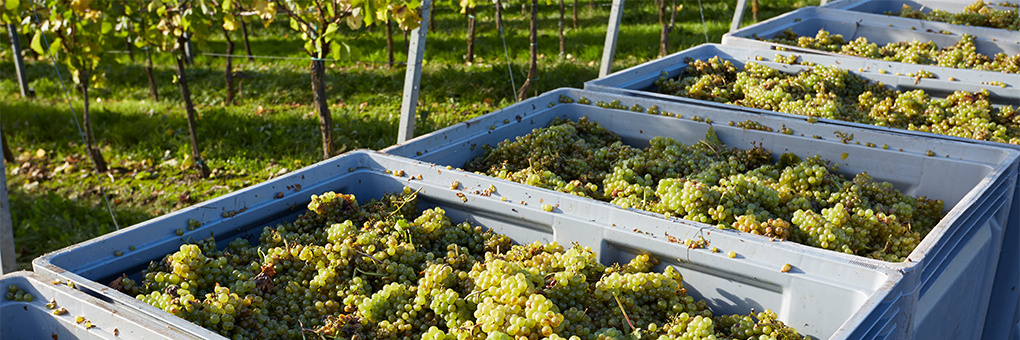
2013 - nerve-racking with a happy ending
In 2013, the growing season was marked by many delays. The winter was very long: spring looked like winter until May, as it was gray and cold for a long time. Spring was also characterized by above-average precipitation.
The budbreak for Riesling was delayed until the last part of April, depending on the geographical location of the vineyard plots on the Mosel, the Saar, and the Ruwer.
In this context, the flowering began only at the end of June (in 2003, partly from the end of May) and it extended into July, up to three weeks later than the long-term average of the last 30 years — very unusual and rather like a few years in the 1950s and 1960s.
The wet, cool, and dark weather around the end of June in our vineyards caused significant millerandage, which is the development of unevenly sized berries as a result of poor flowering, also known as "shot berries". All of these consequences will most likely impact the size of the crop. Unlike in previous years, Bischöfliche Weingüter Trier and Friedrich-Wilhelm-Gymnasium were less affected by the storms with heavy rain in 2013 — only in the Ruwer, where we had to accept considerable losses and damage on about 3.5 hectares caused by a hailstorm.
Thanks to the extremely favorable weather with lots of sun and warmth in July and August, as well as sufficient moisture in the soil, the vines — especially Riesling — could close the gap in the vegetation cycle.
In the last two weeks of August, water was in part scarce. In September, the water reserves were filled up again. The Riesling harvest started mid-October and lasted until early November.
The combination of moisture and a warm October caused a rapid spread of noble rot. Thus, the harvest was, once again, significantly reduced, especially Riesling. By carefully selecting and sorting grapes during the harvest, we were able to produce a quality range of wines up to Auslese. Our average yield this year was 35 hectoliters per hectares, while the normal average is 65 hectoliters per hectares.
The harvest was nerve-racking. It was qualitatively good, but quantitatively extremely small. Meanwhile, we are happy with the result and have decided to offer you a smaller but fine selection of wines this year. These are charming, fruity, mineral Rieslings that are wonderfully slight, with moderate alcohol, and classic elegance. Especially the fruity Kabinett wines show this potential at their best in our region.
